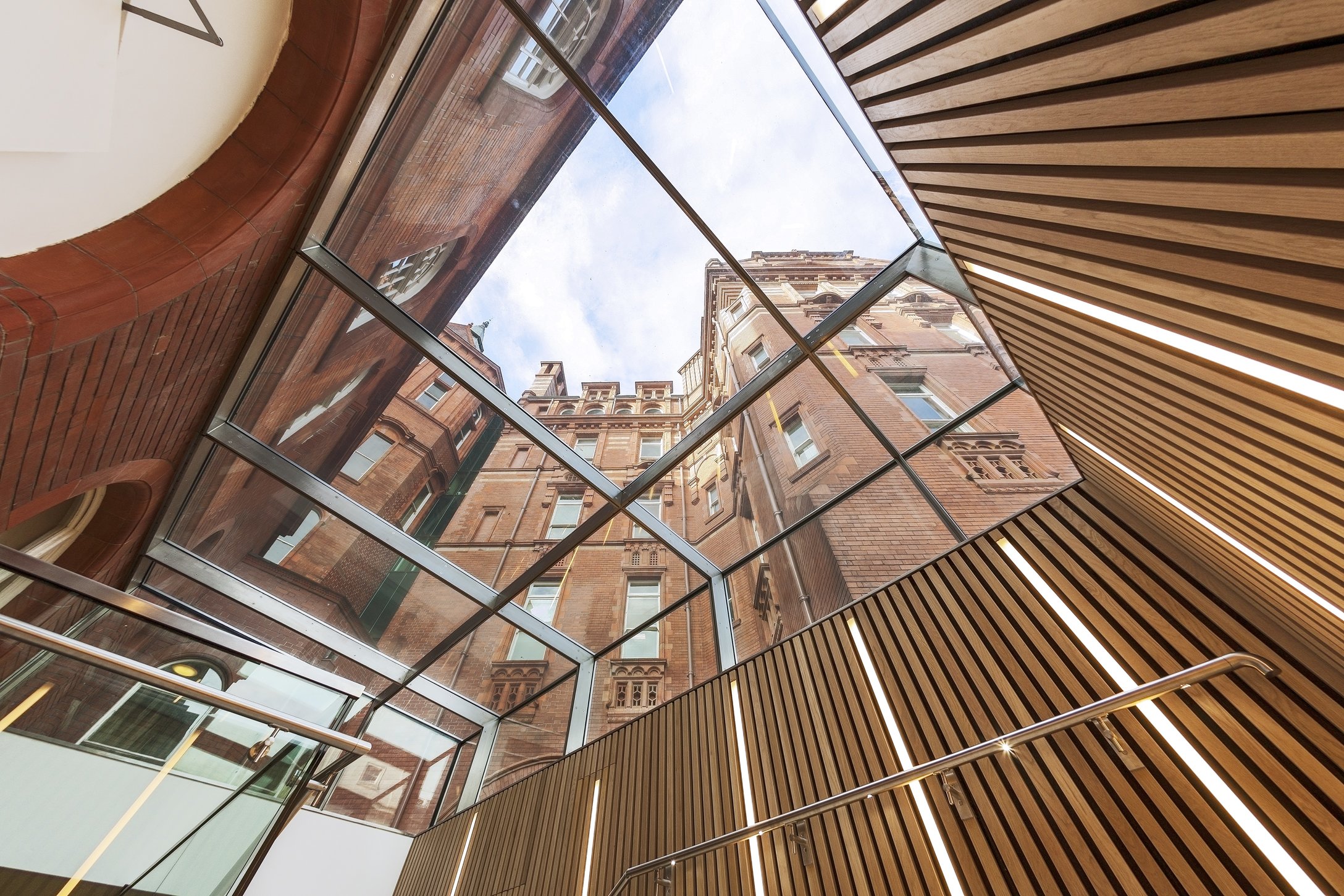Repurposing Materials in Construction
When starting a new project, architects are met with a dilemma; to reuse and build upon what is already there, or to knock-down and begin from scratch. There are times where demolition may seem like the easier option, but reusing a building and / or the materials within is not only inherently “greener”, is also allows you to build on history.
The UK Construction industry and its related activities account for around 50% of the UK’s energy expenditure and around half of non-renewable resources globally consumed are used in construction, leaving it to be one of the least sustainable industries in the world. With increasing attention on the shifting climate crisis, designing building’s that allow the reusing and repurposing of materials at their end of life has become increasingly important.
Throughout most construction cycles, especially when it comes to the end of a buildings life, a huge amount of waste is produced and then often left to go into landfill. This leaves commercial and industrial projects accounting for 37.9 million tons of waste in England in 2017. If the UK is to achieve its goal of reducing carbon emissions by 80% by 2050, the construction industry must first take steps to bring their carbon emissions down. Recycling materials not only reduces waste in landfills but also decreases the need for consumption of resources to create new materials, in turn saving energy.

The most effective way of tackling waste and encouraging the repurposing of materials is to design buildings whilst keeping in mind their end of life. At BCL our acoustic panel systems are pre-fabricated off-site and are fully demountable, meaning they can be taken down and fitted elsewhere without needing to be altered in any way. Due to our secret fixings, the timber has also not been damaged by visible screws and nails and therefore will avoid being compromised.
Reusing buildings and materials will also contribute to a higher BREEAM score – as how much waste is produced during construction and the amount of recycled material is a key part of the judging process. Repurposing resources not only saves time and cost, but contributes to an environmentally conscious project, lowering a building’s overall carbon footprint and its impact on the environment.
For more like this, take a look at our Projects Page.


